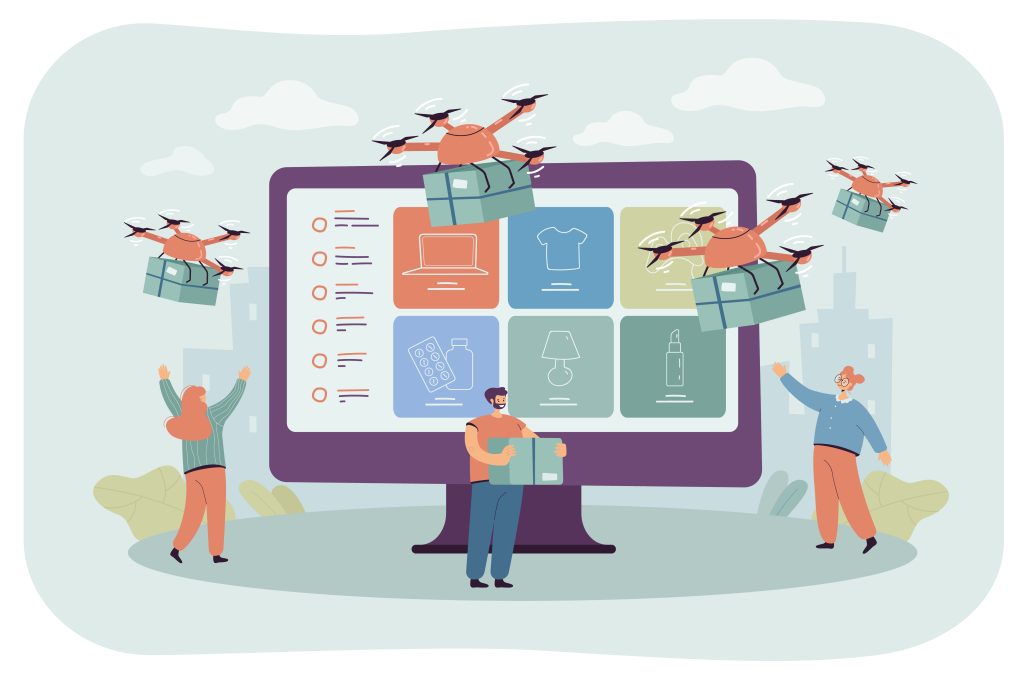Corporate travel loyalty programs are built on a mutually beneficial relationship between businesses and travel suppliers. While suppliers gain regular bookings, companies enjoy exclusive perks and cost-saving benefits. But to truly get the most from these programs, travel admins must make strategic decisions, negotiate smartly, and keep a close eye on performance. Below are eight actionable tips to help businesses fully leverage business travel rewards programs.
1. Join Early—Don’t Wait
When it comes to joining a loyalty program, the best time is always now. Delaying can mean missing out on introductory perks or exclusive offers that newer members receive. Early participation helps establish strong relationships with suppliers and gives your company a head start in building point balances and negotiating better deals down the line.
2. Negotiate Introductory Benefits
Before signing up for any loyalty program, take time to negotiate customized introductory offers. Rather than accepting standard terms, reach out to the supplier’s sales or corporate account teams to discuss your business needs. A tailored package might include bonus points, additional services, or discounted rates—setting the tone for a fruitful partnership.
3. Track Travel Spend
Closely monitoring how much your company spends and where can help optimize your rewards strategy. By identifying high-traffic routes, preferred hotels, or frequently used airlines, travel admins can better manage budgets and ensure maximum return on loyalty program investments. This data-driven approach also helps identify gaps where rewards may be underutilized.
4. Opt for Shared Rewards
Choose loyalty programs that allow point pooling or corporate-wide benefits rather than individual-only incentives. Shared or collective rewards can be used for team travel, client entertainment, or future bookings, providing broader value to the entire organization. This also encourages employee engagement and reinforces a shared sense of purpose.
5. Redeem Rewards for Events
Some corporate rewards programs extend benefits beyond flights and hotels. Look out for those offering discounts or point redemption options for meeting venues, event planning, or team-building activities. These perks help reduce overhead costs for company events while boosting the ROI of your loyalty participation.
6. Track Expiry Dates
Points don’t last forever. Letting loyalty rewards expire is like throwing money away. Set up a regular check-in process to review reward balances and upcoming expiration dates. Automated reminders or tracking tools can help ensure points are used before they lapse, preventing missed opportunities.
7. Keep Teams Informed
Effective internal communication is vital. Make sure employees are aware of the company’s loyalty programs, how to book through them, and what benefits they offer. A quick onboarding guide, regular updates, or brief training can go a long way in ensuring employees follow policies and contribute to collective point accumulation.
8. Reevaluate Program Memberships
Markets and travel patterns evolve, and so should your loyalty strategy. Regularly review your current memberships to assess their ongoing value. If a provider’s offerings no longer align with your needs, explore alternatives that provide better rewards, higher savings, or more flexibility. Staying dynamic ensures continued value from your travel spend.
Final Thoughts
To get the most out of business travel rewards programs, corporate travel admins need to act strategically—from joining early and negotiating terms to monitoring usage and staying informed. Loyalty programs, when used correctly, not only reduce travel costs but also enhance employee satisfaction and operational efficiency.

Business Travel Rewards Programs FAQs
Why is it important to track loyalty point expiration dates?
Points typically expire if unused. Tracking expiry ensures you redeem them in time and don’t miss out on potential savings.
How can travel managers negotiate better loyalty terms?
Start by understanding your travel needs and budget. Present this to suppliers to craft a personalized offer that aligns with your goals.
Why review loyalty program memberships regularly?
Providers often update their offerings. Regular reviews help you switch or renegotiate for better rewards and more cost-effective options.


